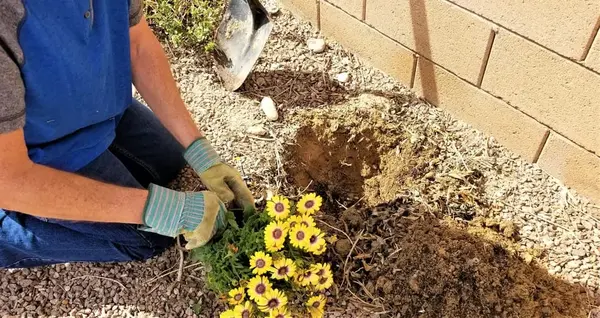Foundation
Dos and Don’ts for Planting Around Your Home’s Foundation

Planting near your home’s foundation requires careful planning to protect your house and enhance curb appeal. Choosing the right plants and placement can prevent structural issues and improve your home’s look. This guide shares essential tips for successful foundation planting that benefits your house all year round.
Why Careful Planting Near Foundation Matters
Planting shrubs, trees, or flowers close to your foundation can improve your landscaping’s overall harmony. However, it is crucial to avoid mistakes that might cause root damage or moisture buildup. When you plan to place plants near your foundation, consider how roots and watering affect the building’s structure. Also, plants help soften your home’s edges and increase its curb appeal and value.
Don’t Plant Near Utility Lines or Air Conditioners
Before you begin planting near foundation walls, call 811 to locate underground utility lines. Avoid planting in these zones to prevent costly damage or repairs. For air conditioners, keep a clearance of two feet on all sides and five feet above. This space allows airflow and easy maintenance. Concealing units behind shrubs is fine, but remember to leave room for their function.
Do Give Plants Enough Space to Grow
Trees or shrubs planted too close to the foundation can cause root damage to the house and plumbing. Also, overcrowded plants block airflow, encouraging mold and mildew on your siding. To avoid these issues, plant trees that grow taller than six feet at least five feet from your house. Smaller shrubs should remain three feet away. Additionally, keep mulch at least one foot from the foundation, using crushed gravel as a barrier.
Do Choose Proportional Plants That Don’t Block Windows
When planting near foundation, select plants proportional to your home’s size. Avoid large trees overshadowing small homes, which can distort scale and aesthetics. Place taller trees at building corners to soften edges without overwhelming your house. Keep shrubs low enough not to block windows and ensure their branches won’t interfere with gutters.
Design Tips for Planting Near Foundation
- Avoid Overly Formal Plantings
Planting beds should extend six to eight feet from the foundation and slightly beyond the house’s length. Use odd-numbered groupings for a natural look instead of rigid rows. Formal designs suit only highly formal architecture. Also, connect beds to avoid a spotty or disconnected yard appearance. - Mind the Sunlight Requirements of Your Plants
Check plants’ sunlight needs before buying. Roses, for example, need at least six hours of sun daily to bloom well. Shade-tolerant plants like hydrangeas or camellias work in partial shade. Observe your planting area’s sun exposure and choose accordingly to ensure healthy growth. - Consider Symmetry and Balance
Use foundation planting to highlight your home’s entryway. Symmetrical plantings create formal appeal, while balanced visual weight works for casual styles. For instance, balance a large tree on one side with multiple shrubs on the other to maintain harmony. Thoughtful arrangement draws attention to your home, not just the plants. - Use Repetition to Create Unity
Repeating colors or shapes in your planting bed can unify diverse plants. For example, use red flowers on both sides of your door to echo a red-leafed tree nearby. Likewise, matching ground cover under shrubs ties your design together. This technique enhances cohesion without sacrificing plant individuality. - Don’t Forget Seasonal Interest
Avoid only planting deciduous or evergreen shrubs around your foundation. Deciduous plants can leave your yard bare in winter, while all evergreens may look dull in spring and summer. Aim for a mix: half evergreens, one-fourth flowering shrubs, and one-fourth perennials. This mix ensures year-round color and texture.
Final Thoughts
By following these dos and don’ts of planting near foundation, you protect your home and boost its beauty. Proper plant selection and placement prevent damage and create curb appeal. Take the time to plan, measure, and prepare your beds carefully. Your foundation planting will thrive and enhance your home for many years.
Explore more landscaping and home improvement news on this website.
